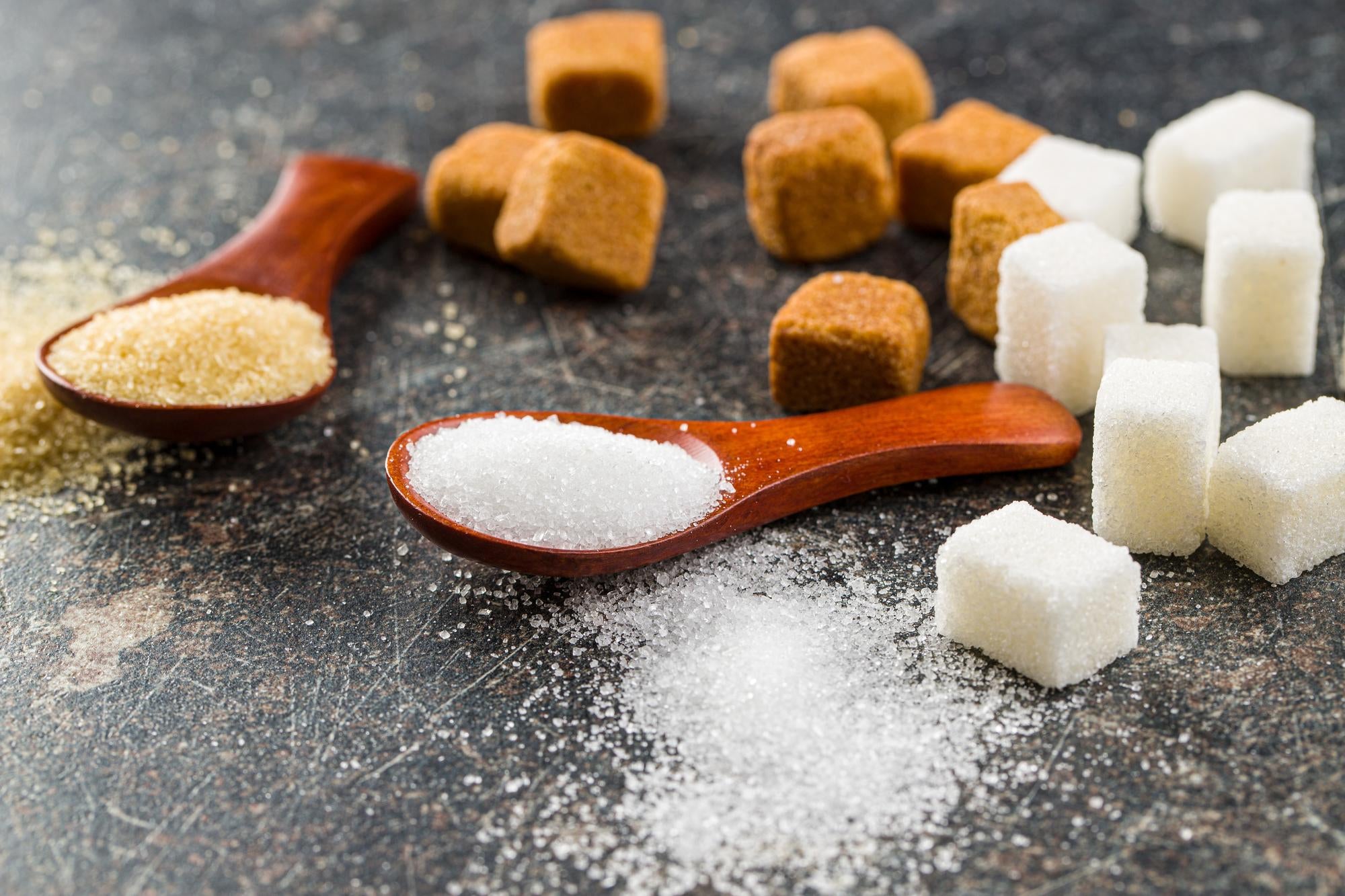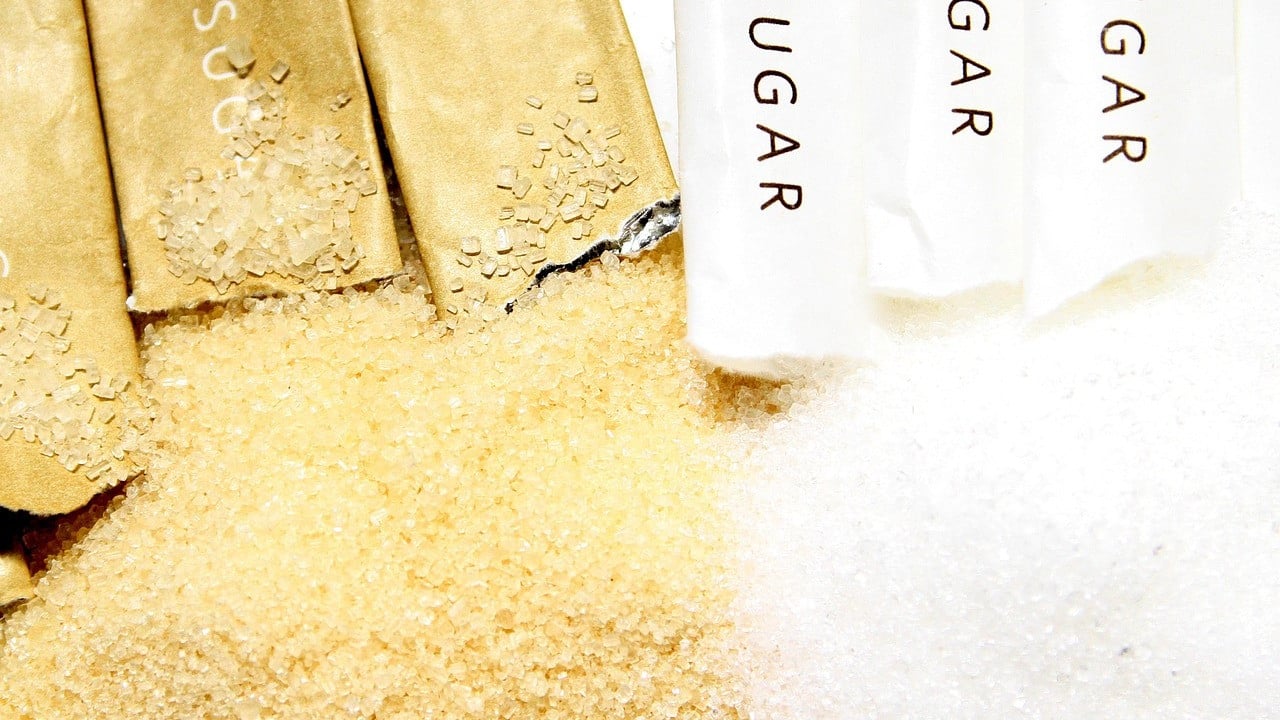Many individuals wonder if beet sugar vs cane sugar makes a difference in nutrition.
Many individuals wonder if beet sugar vs cane sugar makes a difference in nutrition.
Blog Article
Discover the Uses and Conveniences of Beet Sugar Vs Cane Sugar in Your Daily Diet Regimen
Discovering the unique qualities of beet and cane sugar discloses greater than simply their sweetening capabilities; it highlights their special influence on wellness and cookeries. Beet sugar, understood for its subtle taste, is frequently preferred in fragile desserts, whereas cane sugar, with its tip of molasses, adds splendor to durable recipes. Each type holds its own dietary profile and glycemic effects, inviting a much deeper understanding of their functions in a well balanced diet plan and lasting consumption techniques.
Beginning and Production Processes of Beet and Cane Sugar

The unique environments and soil types needed for expanding sugar beets and sugarcane contribute to differences in their farming techniques and geographic distribution, affecting the business economics and sustainability of their production. beet sugar vs cane sugar.
Nutritional Comparison Between Beet Sugar and Cane Sugar
Regardless of stemming from different plants, beet sugar and cane sugar are nutritionally really comparable, both largely consisting of sucrose. Each provides about 4 calories per gram, converting to approximately 16 calories per teaspoon. Structurally, both sugars are composed of around 99.95% sucrose, with very little quantities of other compounds like dampness and trace minerals, which do not considerably change their dietary accounts.

Ultimately, when picking between beet sugar and cane sugar based upon nutritional material alone, both offer identical advantages and drawbacks as they are essentially forms of the very same molecule-- sucrose, giving fast energy without various other nutrients.
Effect On Health: Glycemic Index and Caloric Content
Discovering additionally into the results of beet sugar and cane sugar on health, it is important to consider their glycemic index and calorie material. Both sugars are identified as sucrose, which consists of sugar and fructose. This structure leads them to have a similar effect on blood sugar degrees. The glycemic index (GI) of both beet and cane sugar is around 65, classifying them as high-GI foods, which can trigger quick spikes in blood glucose degrees. This is a critical element for individuals managing diabetes or those attempting to maintain their power levels throughout the day.
Each kind of sugar contains about 4 calories per gram, making their calorie web content matching. For those checking caloric consumption, especially when taking care of weight or metabolic health problems, recognizing this read equivalence is crucial (beet sugar vs cane sugar). Too much consumption of any type of high-calorie, high-GI food can contribute to wellness problems such as weight problems, heart illness, and insulin resistance.
Environmental and Economic Considerations of Sugar Production
Beyond health impacts, the production of beet and cane sugar also elevates considerable ecological and financial issues. Sugar beet cultivation often tends to call for cooler environments and has a lower geographical footprint contrasted to sugar cane, which flourishes in tropical regions. However, both plants are extensive in terms of water usage and land profession, possibly bring about deforestation and water deficiency. Economically, the international sugar market is very unstable, influenced by adjustments in worldwide trade policies and subsidies. Several nations incentivize sugar manufacturing with financial assistance, skewing market prices and impacting small farmers negatively.
Additionally, the use of pesticides and plant foods in both beet and cane sugar growing can cause soil degradation and pollution, further impacting biodiversity and neighborhood water bodies (beet sugar vs cane sugar). The option between growing sugar beet or cane commonly depends upon neighborhood environmental conditions and economic elements, making the sustainability of sugar production a complicated issue
Culinary Applications and Taste Differences
While the environmental and financial aspects of sugar production are undoubtedly significant, the selection in between beet and cane sugar likewise affects culinary you can find out more applications and flavor profiles. Beet sugar, derived from the sugar beet plant, is known for its remarkably neutral preference. This makes it a versatile active ingredient in cooking, where it does not alter the taste of various other elements. It liquifies promptly and is optimal for use in cakes, cookies, and pastries.
Walking cane sugar, removed from sugarcane, frequently keeps molasses traces, which pass on an unique richness and depth. This small molasses flavor improves the intricacy of baked products, sauces, and marinades. It is especially my latest blog post preferred in things where a caramel undertone is wanted, such as in brownies or gingerbread. Furthermore, the small variation in moisture web content between beet and cane sugar can impact the texture and consistency of recipes, making cane sugar a favored selection for details dishes that take advantage of its one-of-a-kind homes.

Final Thought
Finally, both beet and cane sugar have unique beginnings and production processes, using comparable nutritional accounts with minor differences in salt content and taste. While their influence on health, particularly concerning glycemic index and calories, is comparable, the option between them often boils down to environmental, economic factors, and specific cooking requirements. Comprehending these facets can direct customers in making educated choices that align with their health and wellness objectives and taste choices.
Report this page